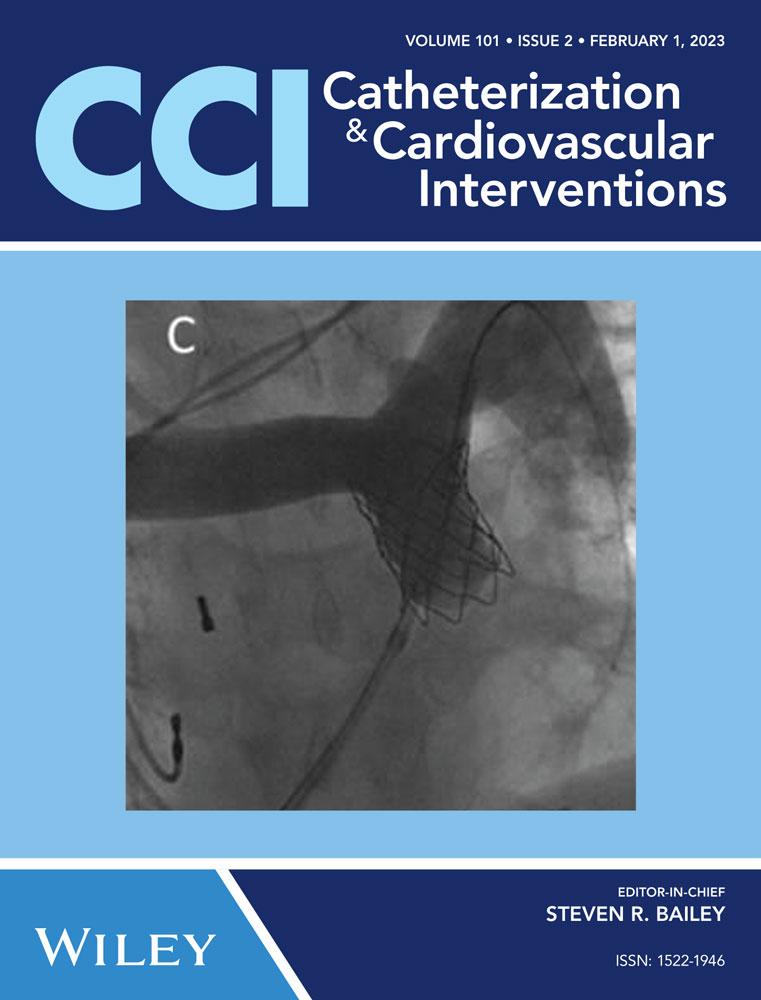Short-term dual antiplatelet therapy for 1–3 months after percutaneous coronary intervention using drug eluting stents: A systematic review and meta-analysis of randomized clinical trials
Abstract
Background
The optimal dual antiplatelet therapy (DAPT) duration and regimen in patients undergoing percutaneous coronary intervention (PCI) using current generation drug eluting stents (DES) is still unclear.
Aims
To compare the safety and efficacy of short-term DAPT (S-DAPT) with longer duration DAPT (l-DAPT) after contemporary PCI.
Methods
We searched for studies comparing S-DAPT (≤3 months) followed by single antiplatelet therapy (SAPT) with aspirin or a P2Y12 inhibitor against L-DAPT (6−12 months) after PCI with current generation DES. Primary end-points of interest were major bleeding and stent thrombosis (ST) at 1 year. Random-effects meta-analyses were performed to calculate odds ratios with 95% CIs.
Results
Eleven RCTs (n = 48,946) were included in the primary analysis. Major bleeding was significantly lower with S-DAPT (n = 24,424) (odd ratio [OR 0.65; 95% confidence interval, CI 0.52−0.80]) compared with L-DAPT (n = 24,486). There were no differences in ST between the two groups [OR 1.26; 95% CI 0.97−1.63]. There were no significant differences in risks of all-cause death, cardiovascular death or myocardial infarction between S-DAPT and L-DAPT groups. In a subgroup analysis, there was borderline significantly higher ST with 1 month S-DAPT [1.39; 1.0–1.92], but not with 3 months S-DAPT [1.07; 0.70−1.64], when compared to L-DAPT. Finally, there were no significant treatment interactions observed when trials using SAPT with aspirin were compared with those using P2Y12 inhibitor monotherapy.
Conclusion
Among patients undergoing current generation DES implantation, S-DAPT for 1−3 months reduces major bleeding without an increase in ischemic events compared with L-DAPT. Three months S-DAPT might provide a better risk-benefit profile based on current analysis. Further study is needed to define the SAPT of choice after 1−3 months DAPT.
CONFLICT OF INTEREST
The authors declare no conflict of interest.
Open Research
DATA AVAILABILITY STATEMENT
The data used to support the findings of this study are included within the articles.




